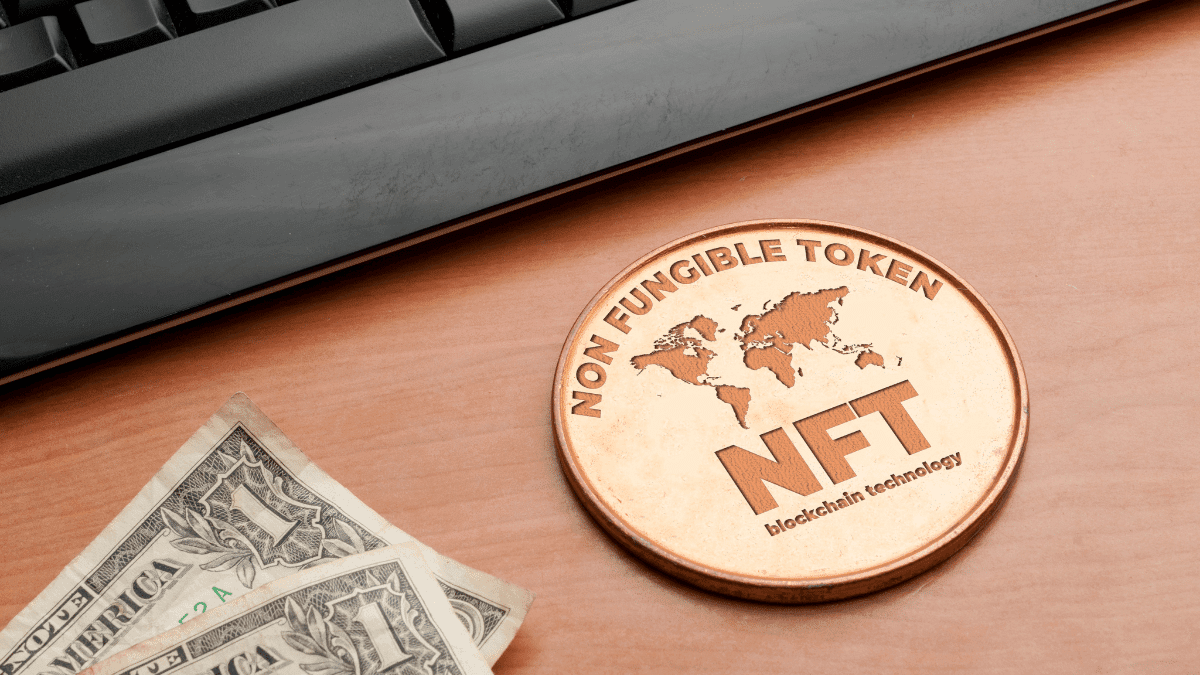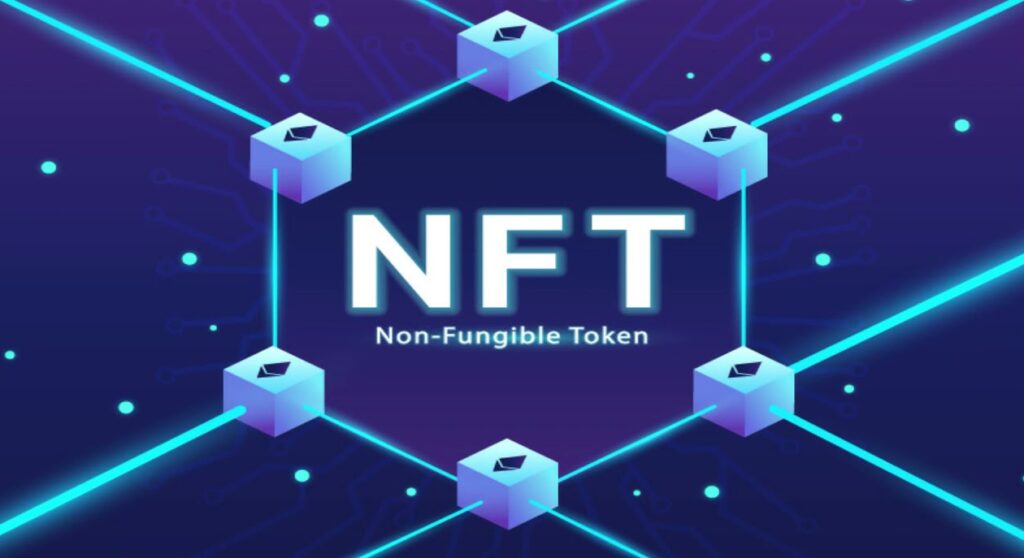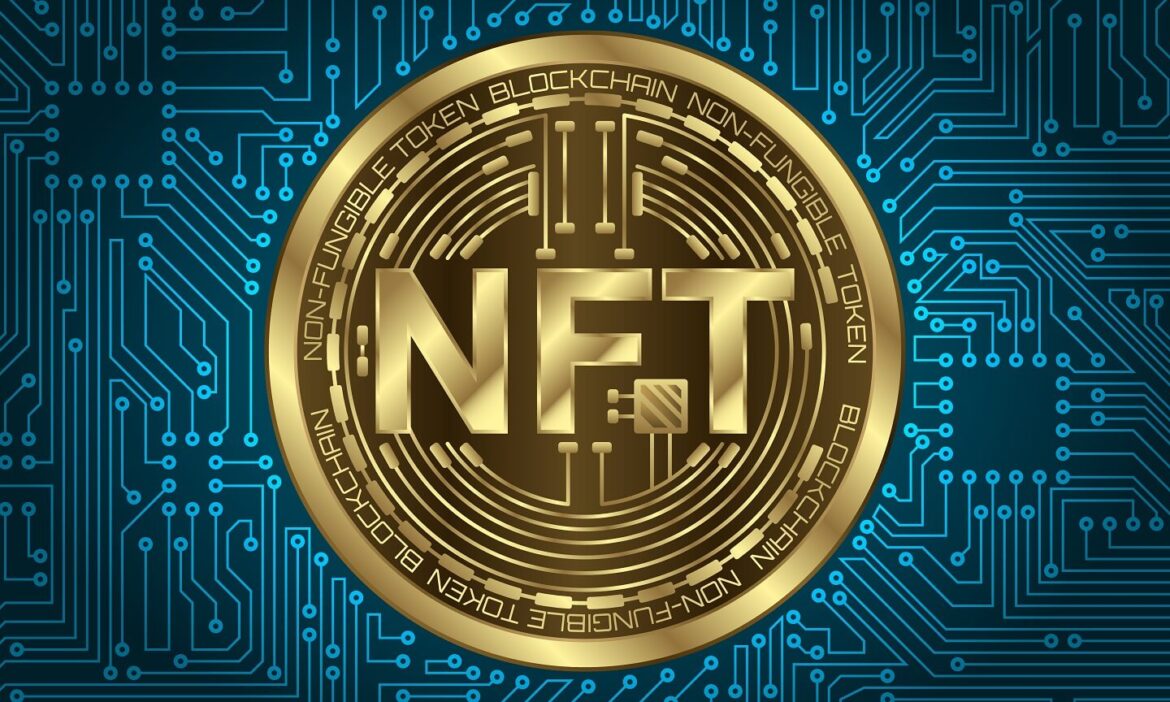Unique digital assets verified by blockchain technology, known as non-fungible tokens, show ownership of something that is either completely digital or a digital version of a physical item. Unlike fungible, interchangeable such as Bitcoin and Ethereum, NFTs are unique assets that do not exchange Like Bitcoin and Ethereum, NFTs are unique assets that cannot be traded on a one-to-one basis. From digital art and music to virtual real estate and digital identities, this singularity lets NFTs be utilized as evidence of authenticity and NFTs and digital spectrum of NFTs and digital Ownership NFTs and digital Ownership
NFT Guidelines like ERC-721 and ERC-1155, which are based mainly on blockchain systems like Ethereum, define how these digital certificates work, ensuring they are programmable, clear, and unchangeable. Blockchain guarantees that, once an NFT is issued, its provenance and ownership trail are permanently documented, therefore building confidence and stopping forgery. NFTs and digital Ownership
NFTs in Art, Culture, and Entertainment
Digital art helped NFTs find their foothold early on. In 2021, Christie’s sold Beeple’s “Everydays: The First 5000 Days” for $69 million, bringing NFTs to the forefront worldwide. This event marked a significant cultural shift by demonstrating that digital art could command values comparable to those of highly prized traditional masterpieces. Since then, creators in many fields—artists, singers, filmmakers, and even sports teams—have embraced NFTs as a new media for content distribution, audience interaction, and income generation.
Major companies such as Nike, Gucci, and Coca-Cola have also entered the, creating special digital collections and partnerships that appeal to both nostalgia and modernism. Artists like Kings of Leon and 3LAU have published albums as NFTs, which provide not only music but also VIP experiences and rights that extend far beyond simple downloading. These practical uses are redefining how audiences interact with artistic content, thereby personalizing experiences and creating an investment-like nature to them.
NFTs and the New Digital Economy
NFTs form the foundation of the emerging decentralized digital economy, often referred to as Web3. This ecology stresses permissionless involvement, user control, and ownership. Blockchain-based games, such as Axie Infinity and The Sandbox, use NFTs to depict persons, objects, and land tracts. These assets have real-world worth and can be traded on open markets, allowing users to make money through gameplay—a concept commonly known as play-to-earn”—not only functional.

Digital scarcity driven by NFTs has generated a new kind of economy with value linked with community, narrative, and uniqueness as well as with utility. This is beginning to influence sectors like fashion, where digital wearables and tokenized products are becoming increasingly sought after, and fits flawlessly with collector psychology. NFTs let people express their digital identity in virtual environments in the metaverse, where users routinely represent themselves via avatars and skins.
Legal and Ethical Considerations Surrounding NFTs
Even though their rapid acceptance is welcome, NFTs raise serious ethical and legal questions. Intellectual property questions rank among the main problems. Many copyright infringements have resulted from tokenizing music or artwork without authorization from the author. Many systems have been required to develop methods for confirming ownership and preventing the minting of illegal content. Authorities, including the SEC in the United States and European officials investigating how to classify NFTs in terms of securities legislation and consumer protection, are still changing the regulatory environment.
Sustainability is another big issue. Early objections to NFTs focused on their environmental impact, particularly regarding Ethereum’s proof-of-work systems. But Ethereum’s effective change to proof-of-stake sharply cut energy use. Older blockchains like Tezos and Algorand feature more ecologically friendly alternatives, easing some of the digital ownership-related environmental issues.
Interoperability, Innovation, and the Future of NFTs
The NFT space is seeing some very exciting changes, including the move toward interoperability. Current restrictions limit NFTs to their respective venues of creation. Still, projects like the creation of universal metadata standards and cross-chain bridges seek to enable NFTs across several ecosystems. This will significantly increase their value in distributed applications, virtual environments. And social media platforms. Dynamic NFTs. Tokens that change depending on user action or outside data streams. Represent still another frontier. Real-time change in these programmable NFTs allows applications including digital identity credentials. Academic records. And loyalty benefits. This invention allows NFTs to be tools for governance. Authentication, and safe access as well as collections.
Deeper interconnections with existing financial instruments as the NFT field develops will probably allow fractional ownership. Collateralization. And NFT-backed loans. Institutions are exploring new investing techniques using distributed finance (DeFi) and NFT platforms.
Final Thought
NFTs reflect significantly more than just a transitory fad or speculative bubble. In an environment going more and more virtual, they are the building blocks of digital ownership. Their uses go much beyond games and art into fields including intellectual property, real estate, academia, and medicine. As technology and the legal system advance, NFTs will undoubtedly underpin many daily digital transactions.
An introduction to bitcoin wallets, a Web3 guide, and a detailed blockchain scalability review are available to NFT enthusiasts. The Ethereum Foundation, OpenSea documentation, and MIT’s Digital Currency Initiative support this excellent creation technically and conceptually.



